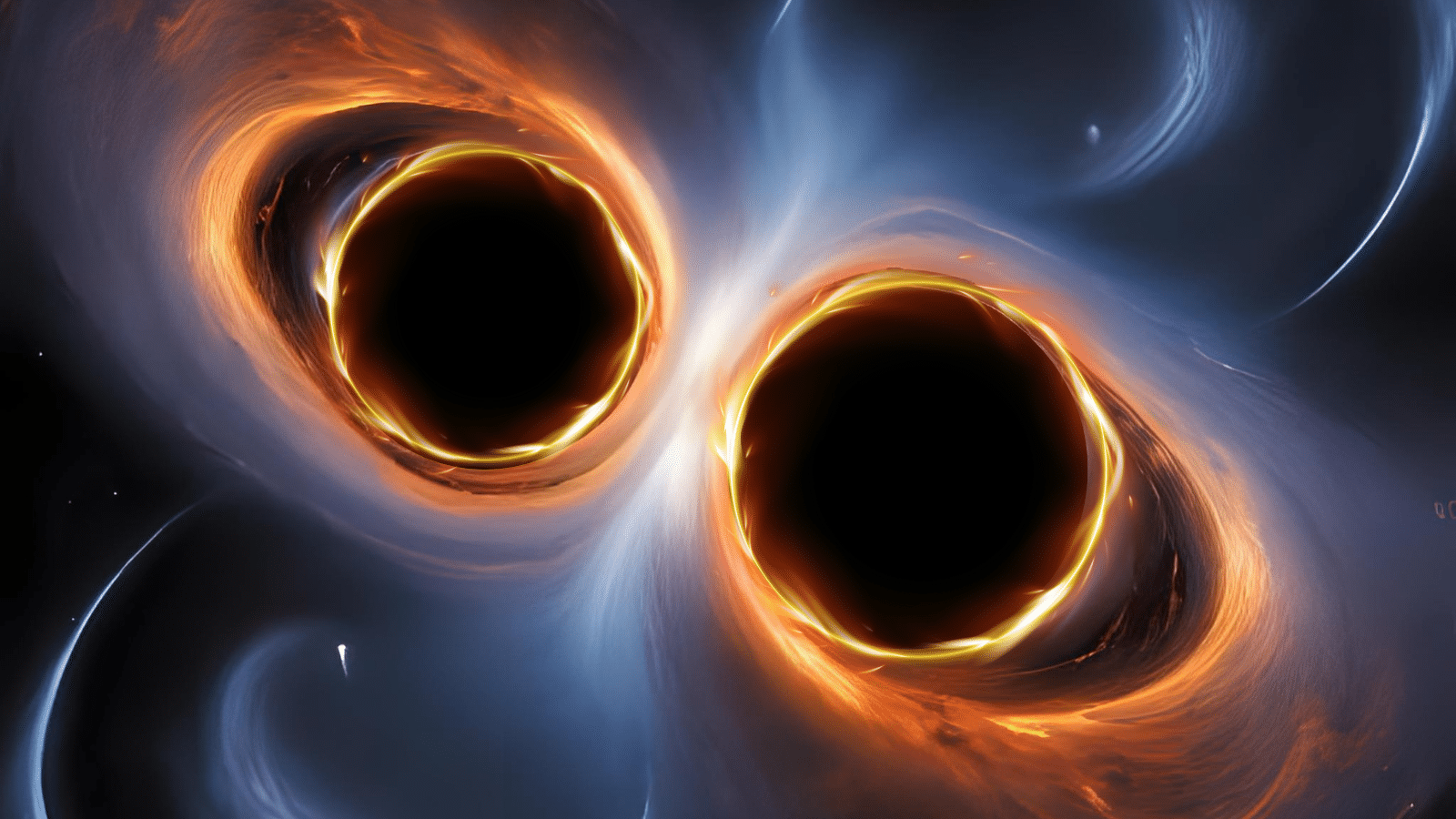Gravitational Waves Uncover Largest Black Hole Merger

Delivering a groundbreaking revelation in astrophysics, scientists have identified the most massive black hole merger ever recorded, an event that sent ripples through the universe in the form of gravitational waves. Detected on November 23, 2023, by the LIGO-Virgo-KAGRA (LVK) collaboration, this extraordinary event, named GW231123, involved two colossal black holes—one with a mass 100 times that of the Sun and the other 140 times. Their collision resulted in a new black hole weighing 225 solar masses, challenging existing theories about black hole formation and evolution.
Unprecedented Black Hole Merger Defies Stellar Models
The LVK team reported that the black holes involved in GW231123 exceed the mass limits set by conventional stellar evolution models. Mark Hannam, a researcher with LVK, emphasized that such massive black holes are typically not expected to form according to standard theories. One hypothesis suggests that both black holes may have originated from earlier mergers, contributing to their extraordinary mass. Adding to the complexity, at least one of the black holes appears to be spinning at nearly the maximum rate allowed by general relativity, complicating the interpretation of the gravitational wave signal.
Prior to this discovery, the record for the most massive black hole merger was held by GW190521, which produced a black hole of 140 solar masses. The new findings from GW231123 significantly surpass this record, pushing the limits of both detection instruments and theoretical frameworks. Sophie Bini, a member of the LVK team from Caltech, noted that the unusual characteristics of the signal were presented at the 16th Edoardo Amaldi Conference and the 24th International Conference on General Relativity and Gravitation on July 14.
Insights from Advanced Detection Instruments
The LVK collaboration utilizes advanced detection instruments, including LIGO in the United States, Virgo in Italy, and KAGRA in Japan. Since the fall of 2015, these detectors have recorded over 300 black hole collisions. However, the high mass and rapid spin of GW231123 are particularly rare. These characteristics suggest that the black holes involved did not form from typical stellar deaths but instead have a complex history, possibly involving previous encounters or collisions.
Experts from LVK anticipate that it will take years to fully understand the implications of GW231123. Gregorio Carullo, a team member, remarked that while the merger is the most likely explanation for the event, there may be more intricate scenarios that could provide further insights. This discovery is already being recognized as a pivotal observation in the emerging field of gravitational-wave astronomy, potentially reshaping our understanding of black hole evolution and the cosmos.
Future Implications for Gravitational-Wave Astronomy
The implications of the GW231123 event extend beyond just the discovery of a massive black hole merger. It raises fundamental questions about the processes that lead to the formation of such massive black holes and the nature of their interactions. As researchers delve deeper into the data, they hope to uncover new theories that could explain the origins of these colossal entities.
The LVK collaboration’s ongoing research will likely focus on the characteristics of black holes and their mergers, aiming to refine existing models of stellar evolution. This event not only highlights the capabilities of current gravitational-wave detection technology but also emphasizes the need for continued advancements in the field. As scientists work to unravel the mysteries surrounding GW231123, the findings could lead to a deeper understanding of the universe and its most enigmatic phenomena.
Observer Voice is the one stop site for National, International news, Sports, Editor’s Choice, Art/culture contents, Quotes and much more. We also cover historical contents. Historical contents includes World History, Indian History, and what happened today. The website also covers Entertainment across the India and World.

